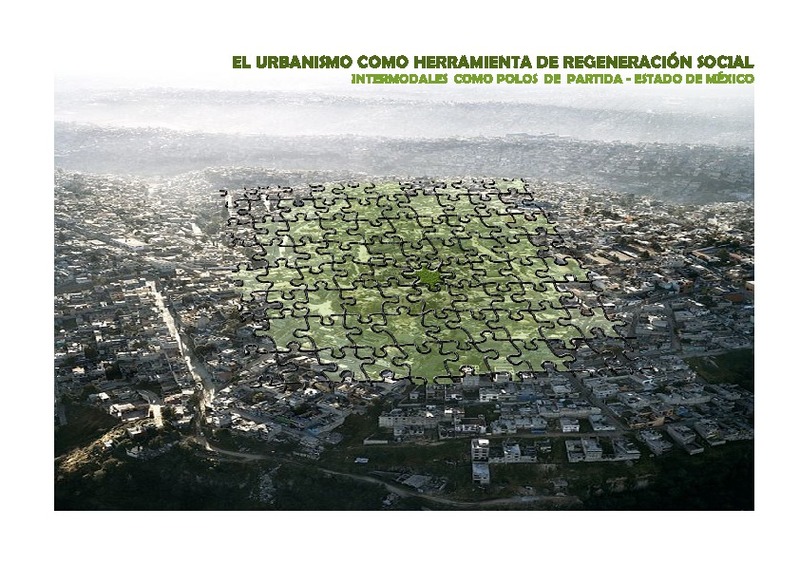|
Resumen:
|
[ES] América Latina ha sufrido en los últimos 30 años cambios significativos en las políticas de transporte, pasando de un mercado de servicios extremamente liberado e informal a un despliegue de soluciones modernas. Muestra ...[+]
[ES] América Latina ha sufrido en los últimos 30 años cambios significativos en las políticas de transporte, pasando de un mercado de servicios extremamente liberado e informal a un despliegue de soluciones modernas. Muestra de esto son las líneas de metro de ciudades como Medellín y Ciudad de México inauguradas durante la segunda parte del siglo XX.
En el caso de Colombia, desde el 2004 las ciudades del interior del país, las cuales se encuentran ubicadas dentro de un sistema orográfico complejo han buscado como alternativa los sistemas de transporte por cable como soluciones eficientes, limpias y menos costosas para conectar los diferentes sectores de la ciudad. Además de lo anterior, la dificultad técnica de incluir otros tipos de sistemas de transporte masivo debido a las pendientes y anchos de vías reducidos dan un punto a favor adicional a este tipo modo de transporte urbano.
El presente estudio tiene como objetivo analizar las diferentes características técnicas de los sistemas de transporte por cable, así como la evolución y el crecimiento de estos sistemas en diferentes ciudades de Latinoamérica, para definir y seleccionar cuales son los principales aspectos y herramientas que permiten estimar la demanda en este nuevo modo de transporte.
Para esto se analizarán factores que influyen en los usuarios al momento de utilizar un medio de transporte. Así como las ventajas que tiene el sistema de transporte público sobre los vehículos privados. Así mismo las ventajas que tiene los sistemas de transporte por cable sobre otros modos de transporte público. Al final se expondrán resultados de este análisis, así como la comparación con el actual sistema en funcionamiento en la ciudad de Manizales, Colombia.
[-]
[EN] Latin America has undergone significant changes in transport policies in the last 30 going from an extremely liberated and informal service market to a deployment of modern solutions. Proof of this are the metro lines ...[+]
[EN] Latin America has undergone significant changes in transport policies in the last 30 going from an extremely liberated and informal service market to a deployment of modern solutions. Proof of this are the metro lines in cities such as Medellín and Mexico City, which were inaugurated during the second part of the 20th century.
In the case of Colombia, since 2004 the cities of the interior of the country, which are located within a complex orographic system, have sought as an alternative cable transport systems as efficient, clean and less expensive solutions to connect the different sectors from the city. In addition to the above, the technical difficulty of including other types of mass transport systems due to the slopes and narrow widths of roads give an additional point in favor to this type of urban transport mode.
The present study aims to analyze the different technical characteristics of cable transport systems, as well as the evolution and growth of these systems in different cities in Latin America; to define and select which are the main aspects and tools that allow estimating the passengers demand in this new mode of transport.
To achieve this, factors that influence users when using a means of transport will be analyzed. As well as the advantages that the public transport system has over private vehicles. Likewise, the advantages that cable transport systems have over other modes of public transport. At the end, the results of this analysis will be presented, as well as the comparison with the current system in operation in the city of Manizales, Colombia.
[-]
|




![[Cerrado]](/themes/UPV/images/candado.png)





